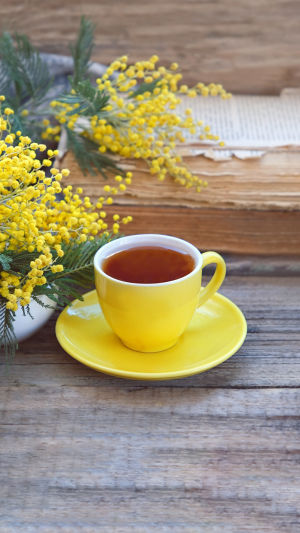Unlike other Western countries where coffee holds sway, the British have a deep-seated love affair with tea, particularly black tea.
So entrenched is this affection that official regulations mandate organizations to set aside time for employees to partake in the cherished tradition of afternoon tea.
Afternoon tea holds a cherished place in British social customs, with black tea reigning as the preferred beverage. This iconic British tradition, also known as Victorian afternoon tea, dates back to the 19th century during the Victorian era.
In the United Kingdom, the practice of dining after 8 pm has long been established. As the afternoons stretched languidly and aristocrats endured hunger and boredom, the necessity for a midday respite became evident.
Imagine the dilemma—eight long hours between noon and dinner without sustenance. Even the esteemed Duchess of Bedford, Anna Russell, experienced the same plight. One day, awakened from her nap, Mrs. Anna found herself longing for a distraction and a light snack.
With the kitchen lacking prepared food, her ingenious maid concocted a simple yet satisfying solution: a pot of robust black tea paired with freshly baked pastries.
On that dull afternoon, as the steam from her tea mingled with the aroma of pastries, Anna's spirits soared, and a realization dawned upon her—that feeling of satisfaction and joy should be a daily occurrence. Thus, the quintessentially British tradition of afternoon tea was born.
In the days that followed, when Anna's close friends visited her, she instructed her servants to replicate the comforting ritual. As the delicate scent of freshly baked muffins wafted through the air and the rich aroma of top-quality black tea filled the room, Anna's friends were enraptured. It wasn't long before they too succumbed to the allure of afternoon tea's charm.
Imbued with warmth and hospitality, afternoon tea soon became a hallmark of social gatherings among the British elite. This convivial atmosphere, with its steaming cups of tea, delectable snacks, and engaging conversations, captivated the hearts of those who experienced it. Thus, the tradition swiftly spread, with noblewomen across Britain embracing it as their own.
As afternoon tea gained widespread popularity, the British refined it further, adding elements of etiquette to enhance the experience. Porcelain teapots and teacups became the vessels of choice, while sugar canisters, snack plates, forks, napkins, and trays adorned tables with elegance and grace.
Today, afternoon tea remains a cherished tradition, celebrated not only for its delightful refreshments but also for the sense of camaraderie and conviviality it fosters.
Whether enjoyed in opulent tearooms or the cozy confines of one's home, afternoon tea continues to be a timeless ritual that embodies the essence of British culture and hospitality.
Furthermore, afternoon tea transcends mere sustenance; it symbolizes a cherished moment of respite and connection amidst the hustle and bustle of daily life. It serves as a gentle reminder to pause, savor the moment, and indulge in the simple pleasures of companionship and conversation.
Across generations, afternoon tea has woven itself into the fabric of British culture, becoming a cherished tradition passed down from one generation to the next. Its enduring popularity speaks to its timeless appeal and its ability to evoke a sense of nostalgia for simpler times, where a warm cup of tea and a plate of treats offered solace amid life's complexities.





